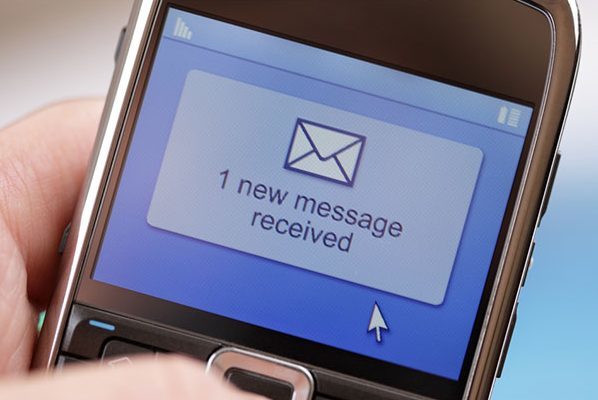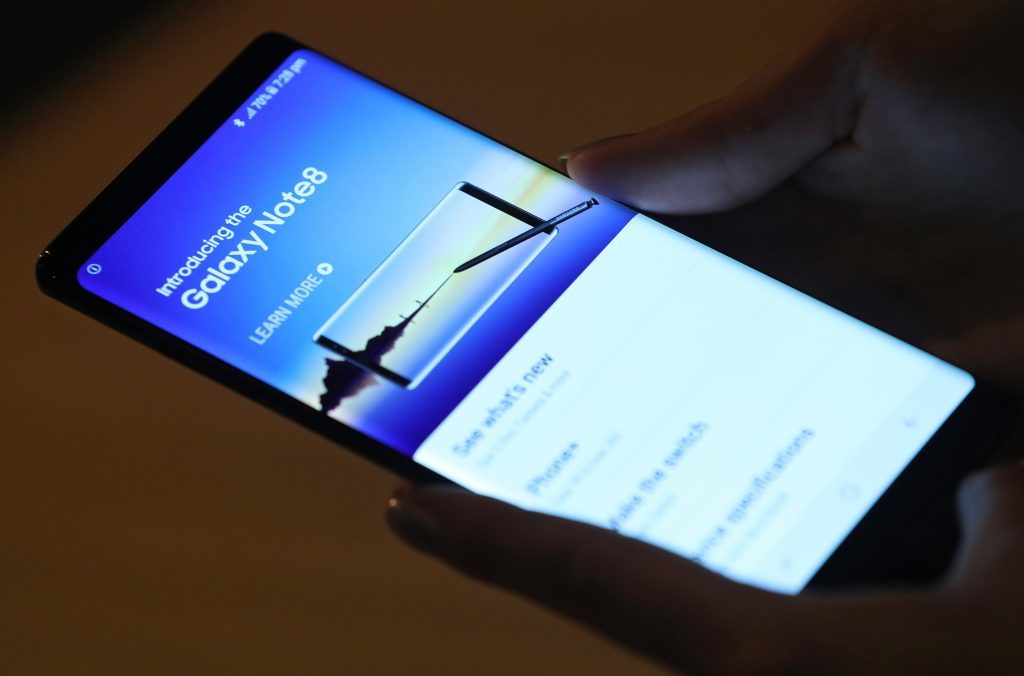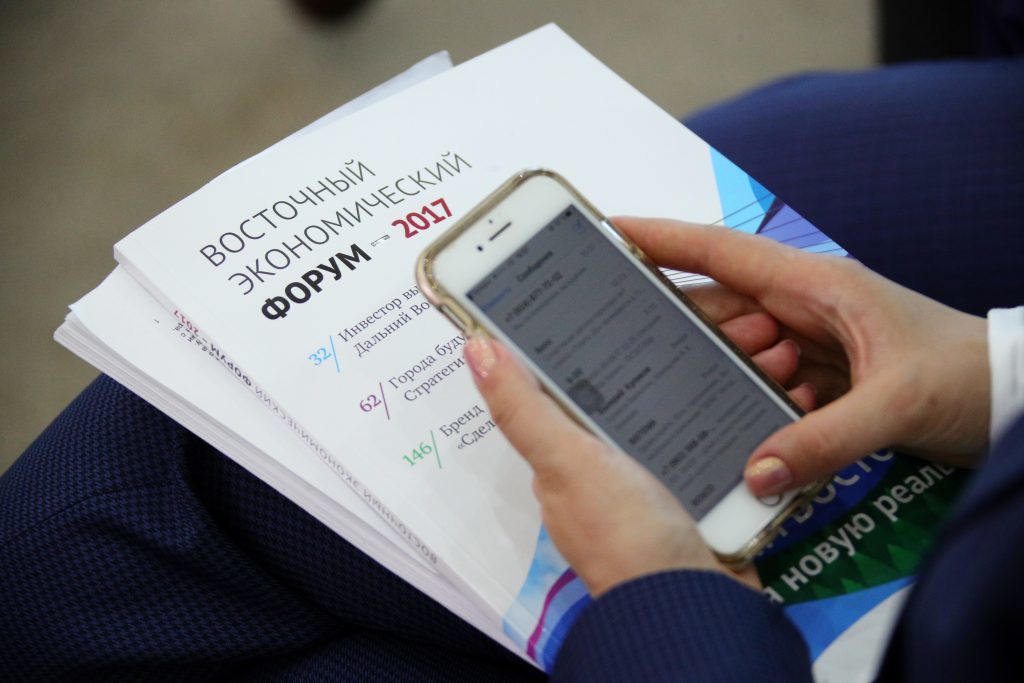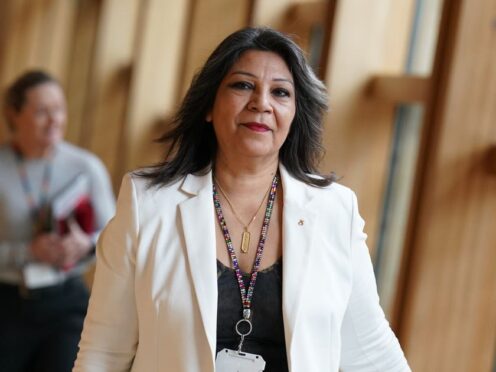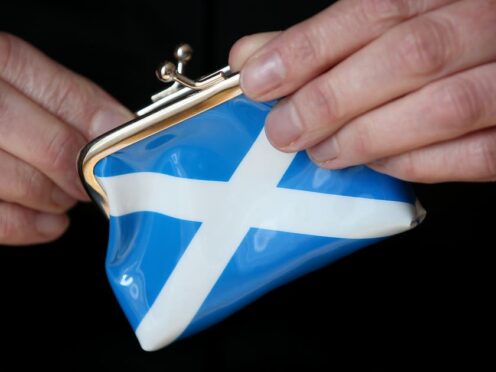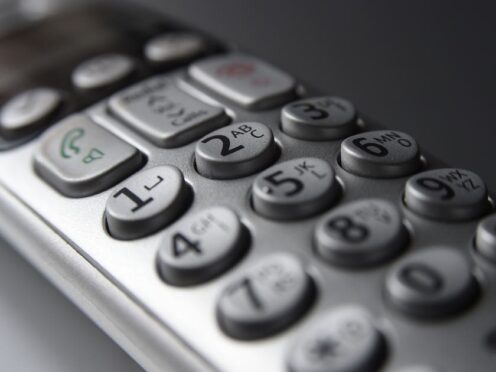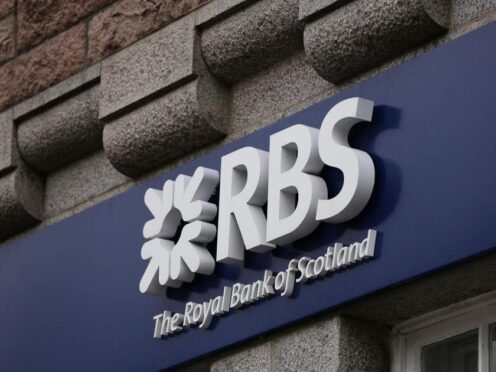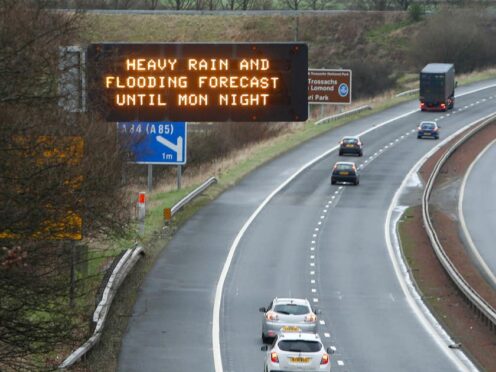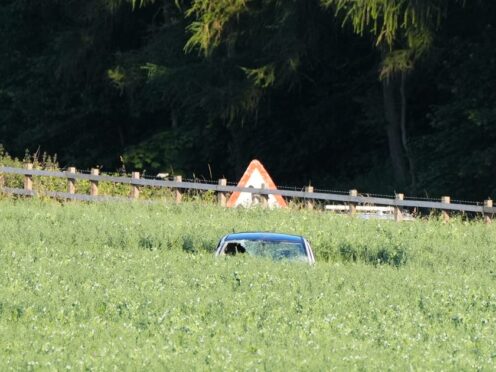Love it or loathe it, text speak is now part of life. But how can smartphone users avoid awkward text talk fails? MICHAEL ALEXANDER reports.
It has been bemoaned as the downfall of the written word, to which the proper response must surely be LOL.
As people increasingly use text messages to communicate via their mobile phones, some language purists have condemned the short cuts as fuelling a wave of improper grammar and spelling which could ultimately lead to major changes in written language over a period of time. OMG you might proclaim!
However, FYI, there’s no denying that text speak has become an intriguing way of communicating in its own right.
Nowadays, IMHO, it can be hard to imagine what life was like with no mobile phones – and many of us, admittedly, spend too much time glued to our gadgets.
Looking back through history, we can only wonder in humorous terms (LOL even) how much easier it might have been if people could just send each other a quick text.
Would Robert the Bruce have rallied his troops over instant messaging before Bannockburn?
Would Alexander Selkirk, aka Robinson Crusoe, have been lost in the South Pacific for so long if he’d had Google Maps?
But just how fluent are we in text speak, and what are the most popular shortcuts being used?
A survey by online smartphone retailer Mobiles.co.uk has found out how text savvy Britain is, the funniest text talk fails, as well as a low down of 20 of the most used text abbreviations.
Abbreviations such as LOL, OMG and BTW are now part of our everyday lingo with 10% of people using them every day. Yet 75% of people, according to the survey, don’t know what they mean.
According to the results, 14% of smartphone owners use text speak in more than half the text messages they send, with the most common being LOL (41%), OMG (26%) and BTW (17%).
The five most commonly used text abbreviations are: LOL – Laugh out loud (41% use this); OMG – Oh my god (26%); BTW – By the way (17%); FYI – For Your information (16%) and WTF – What the ****? (13%).
The five text abbreviations that proved the most confusing are: FOAK – First of a kind (88% don’t know this); HAK – Hug and kiss (88%); DGMW – Don’t get me wrong (88%); KMN – Kill me now (87%) and C-P – Copy and paste (87%).
The most misused abbreviation is LOL with many believing it stands for ‘lots of love’ instead of ‘laugh out loud’.
Other ‘text talk’ fails include: WTF – meaning What the ****? (Misused as: What This For?); FYI – meaning: For Your Information (misused as: For Your Eyes Only); SMH – meaning Shaking My Head (misused as: So Much Hate) and QT meaning: cutie (misused as: Quiet Time).
Andrew Cartledge, mobile expert at Mobiles.co.uk said: “Text speak is a great way of communicating when we’re in a hurry. But with new abbreviations being adapted quite frequently, it can sometimes keep hard to keep up.
“To avoid any awkward text fails make sure you are totally clear on the meaning of any abbreviations you are using.”
Historians believe that spoken language probably dates back around 80,000 years.
However, according to the British Museum, the earliest writing we know of dates back to around 3,000 BC and was probably invented by the Sumerians, living in major cities with centralised economies in what is now southern Iraq.
Temple officials needed to keep records of the grain, sheep and cattle entering or leaving their stores and farms and it became impossible to rely on memory.
From these beginnings, cuneiform signs were put together and developed to represent sounds, so they could be used to record spoken language.
As such, the first writing was likely based on the way people talk.
While cuneiform was spreading throughout the Middle East, writing systems were also being developed in Ancient Egypt and China.
The Maya civilisation of Central America also honed a language of glyphs with inscriptions found on monumental sculpture, public buildings, murals, pottery, shell, obsidian, bone, wood, jade and screen fold books called codices.
OMG! What would they make of today’s tech savvy communication, and the new kid on the block Emojis? OTT, IMHO!
